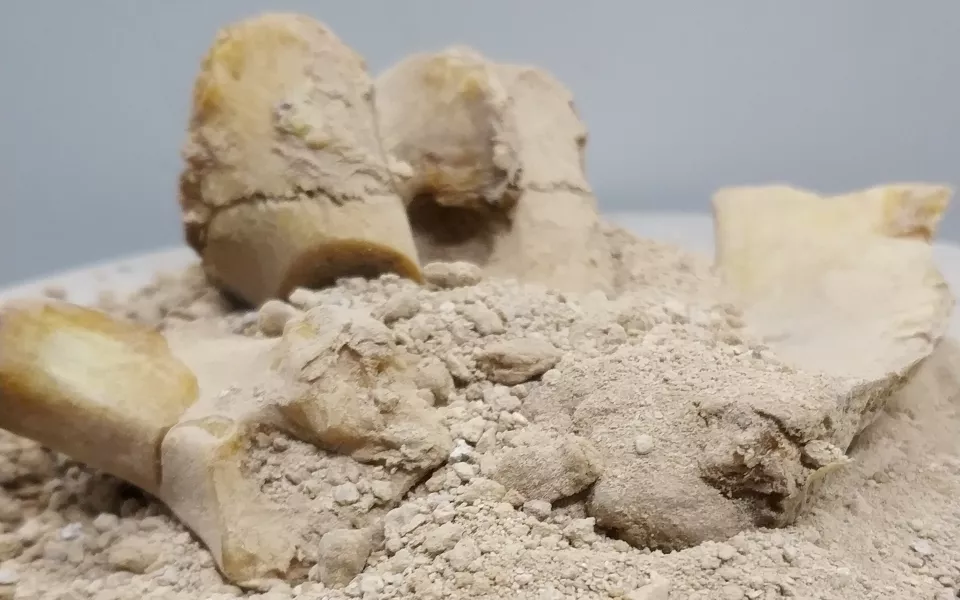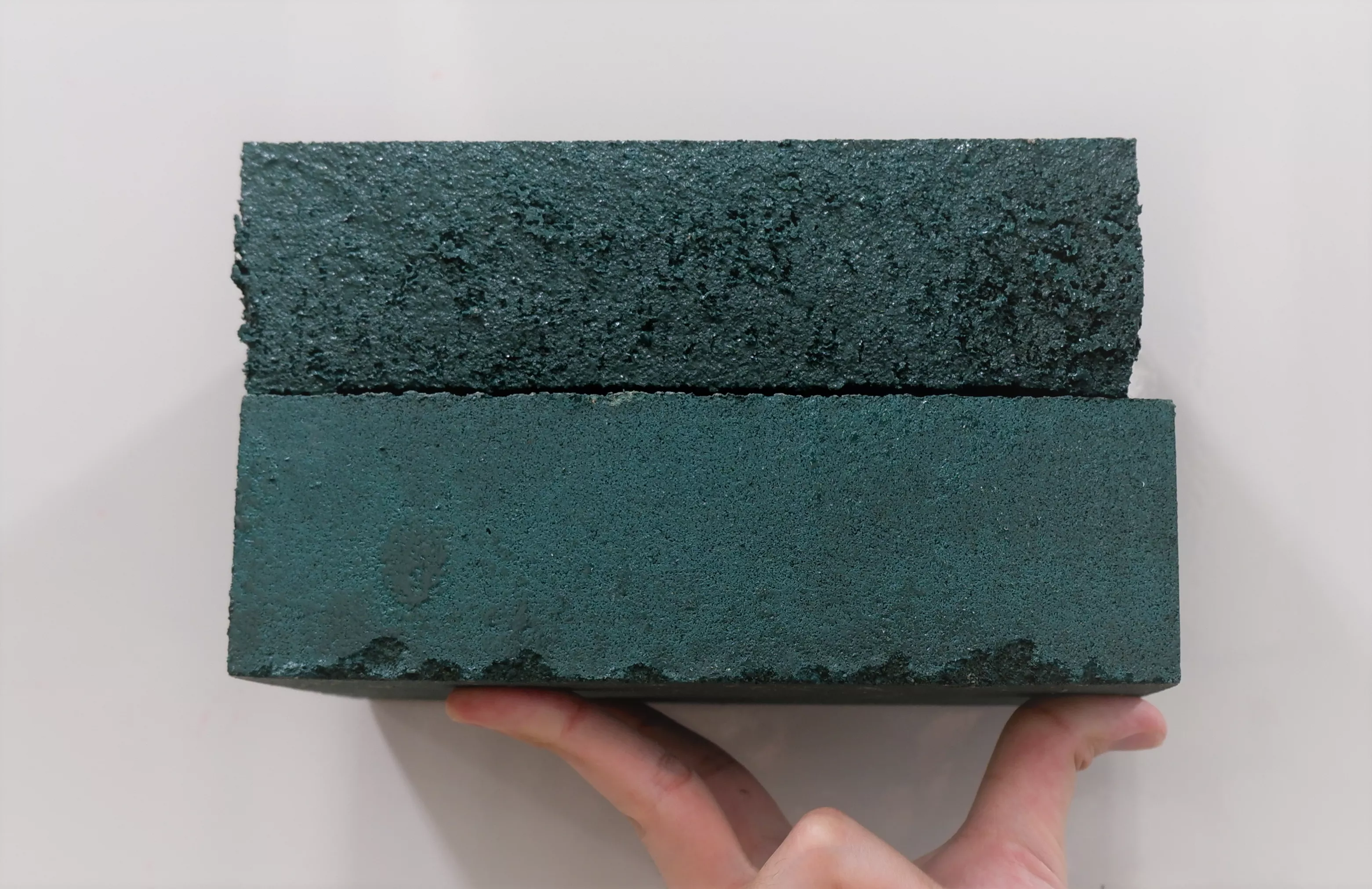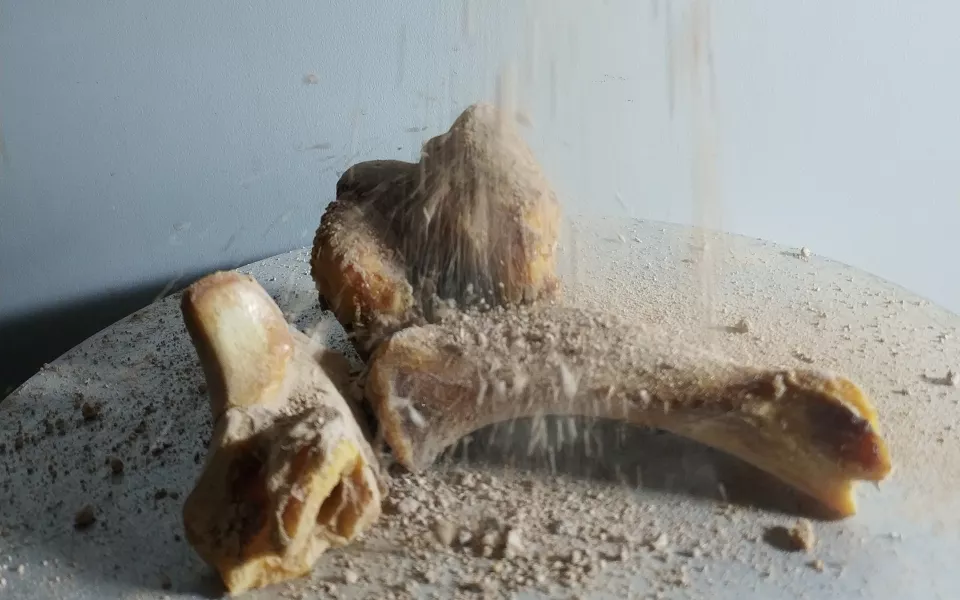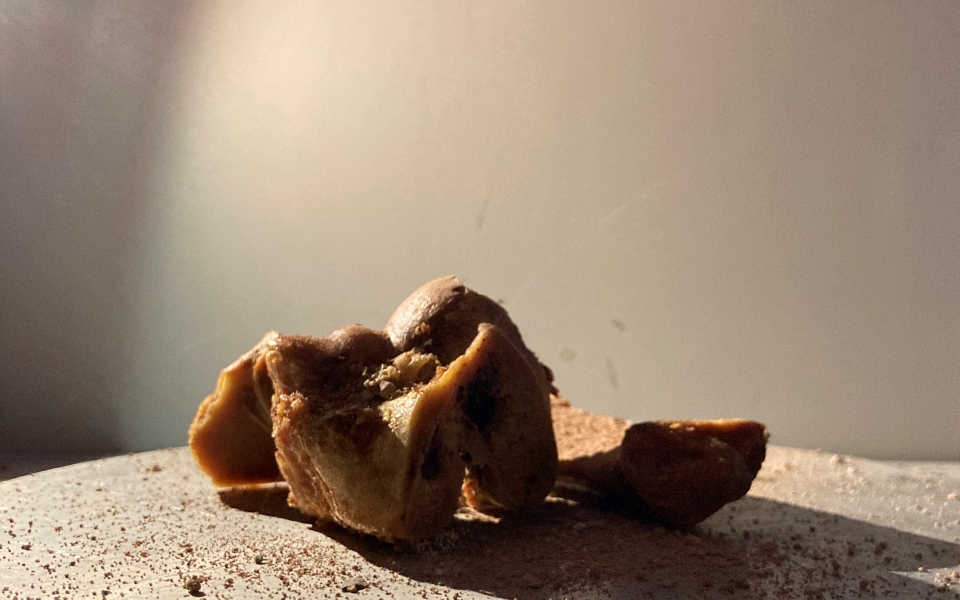Turning construction and Ca-food wastes into new sustainable geological materials by CO2 sequestration
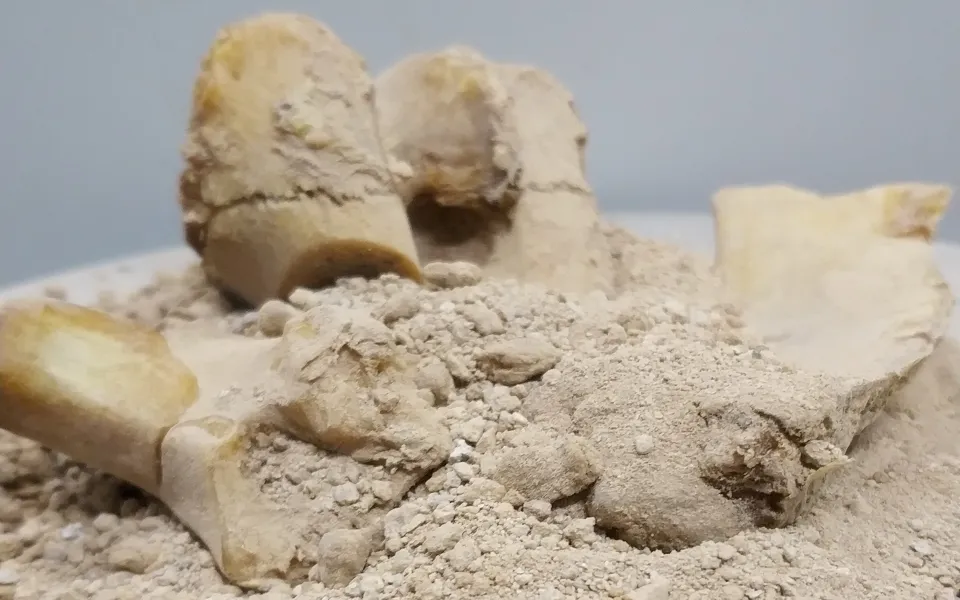
Turning construction and Ca-food wastes into new sustainable geological materials by CO2 sequestration
This project aims to explore the feasibility of mixing construction waste with Ca-rich food waste for inducing formation of binders in order to bind and strengthen the wastes for engineering applications, especially for pavement construction and slope stabilization on campus.
What is the problem this project is trying to address?
Construction waste and food wastes are two major types of solid waste. Both types of waste add burden to landfill and aggravate greenhouse gas emissions. Cement is one of the major constituents of construction waste, but every ton of cement generates one ton of carbon dioxide (CO2) during production. Besides, organic matters in food waste are not stable. It will degrade and produce substantial amounts of greenhouse gases including CO2 and methane (CH4). Regarding these two issues, turning the waste into new sustainable geological materials will not only reduce the use of extra construction materials, but also achieve carbon neutrality in the long term.
This project proposes a simple and sustainable solution in binding construction waste aggregates (CWA) for “Re-engineering applications”, such as construction materials to replace conventional bricks.
How does this project support our sustainable smart campus as a living lab vision?
Regular maintenance and renovation works on campus will produce construction waste. This project not only reduces waste, but also recycles waste into new and sustainable construction materials on campus. Since food waste is part of this new material, potential collaboration with the restaurants on campus will be established to recycle the food waste and further reduce waste generation on campus. All these benefits are feasible for both campuses in HK and GZ. This project can be a benchmark for “Industry-University-Research” to draw attention from industries, extending the theoretical achievements to practicality.
